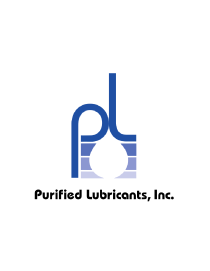Directional valves are some of the most fundamental components of a hydraulic system. When a directional valve is sized for an application, it must be large enough to handle the volume of oil necessary to operate the cylinder or hydraulic motor. For applications that require less than 10-15 gallons per minute of oil flow, a direct solenoid-operated valve is used (as shown in Figure 1). To shift the valve spool, current is applied to the valve coil. This creates magnetism within the coil, which pulls in the plunger. The plunger then acts on a pushpin, which shifts the valve spool. The solenoid generates approximately 30 pounds of force to shift the spool. Once the spool shifts, oil is ported through the valve and then to the cylinder or hydraulic motor.





